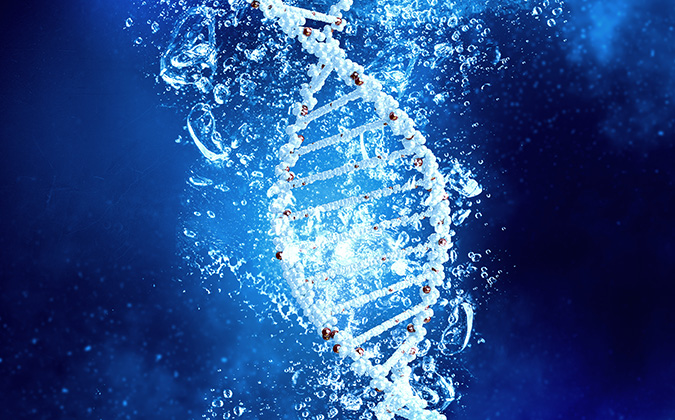
Environmental DNA testing could provide early warning of barramundi disease
Sampling DNA from the aquaculture environment could aid early diagnosis of scale drop disease, an emerging and potentially severe viral condition affecting farmed barramundi in Asia.
Scale drop disease was first observed in the early 1990s, but its causative pathogen was only identified in 2015. The disease can result in mortalities of up to 50% at barramundi production facilities in Asia.1
Scientists at the National University of Singapore used two different testing approaches on water sampled randomly from flow-through tank systems where barramundi infected with scale drop disease virus (SDDV) had previously been reported.
They found that digital droplet PCR tests performed better than quantitative PCR for detecting SDDV in the environmental samples, due to their greater sensitivity in detecting lower amounts of virus.
“The present results could benefit farms and research facilities to develop better biosecurity-management strategies to control and prevent outbreaks in aquaculture,” the researchers wrote in the journal Aquaculture.
Seasonal conditions affect virus presence
The work also demonstrated a link between high rainfall during monsoon season, and related reduced water salinity coming into the tanks, with significantly higher presence of the virus during such periods.
Furthermore, the scientists found evidence to support the idea that SDDV can be horizontally transmitted from asymptomatic fish to their cohabitants. Where higher levels of the virus were found, it could be detected on fin clips from juvenile fish.
“Further studies are still required to understand the SDDV dynamics throughout the year and its association with water microbiome and other water-quality parameters, especially in commercial farms,” they added.
Read the full report, published in the journal Aquaculture.
1 de Groof A, et al. A novel virus causes scale drop disease in lates calcarifer. PLoS Pathogens 2015;11(8):e1005074.






